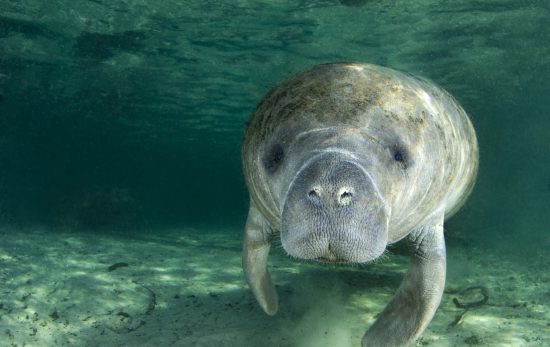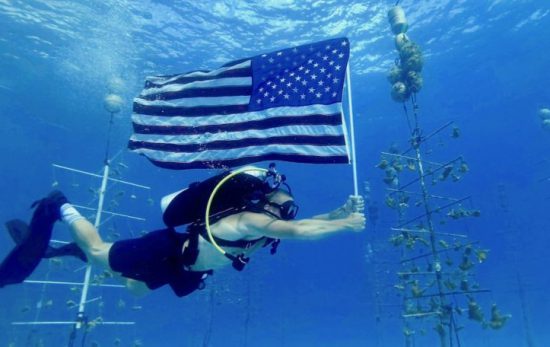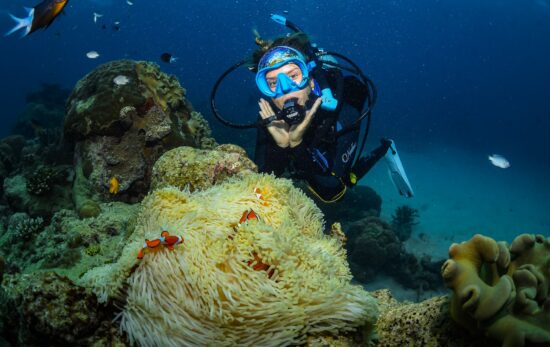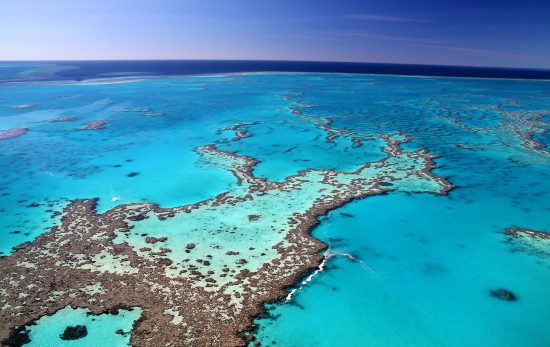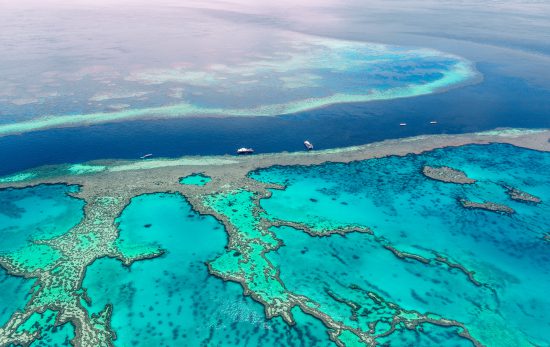The Great Barrier Reef’s annual coral spawning phenomenon is known as the largest sexual event on the planet. For one night only, when the water temperatures are just right and the full moon is shining, the corals release egg and sperm bundles into the ocean for fertilization. Described as an ‘underwater snowstorm’, the Great Barrier Reef’s annual coral spawning is one of the oceans highlights that shouldn’t be missed.
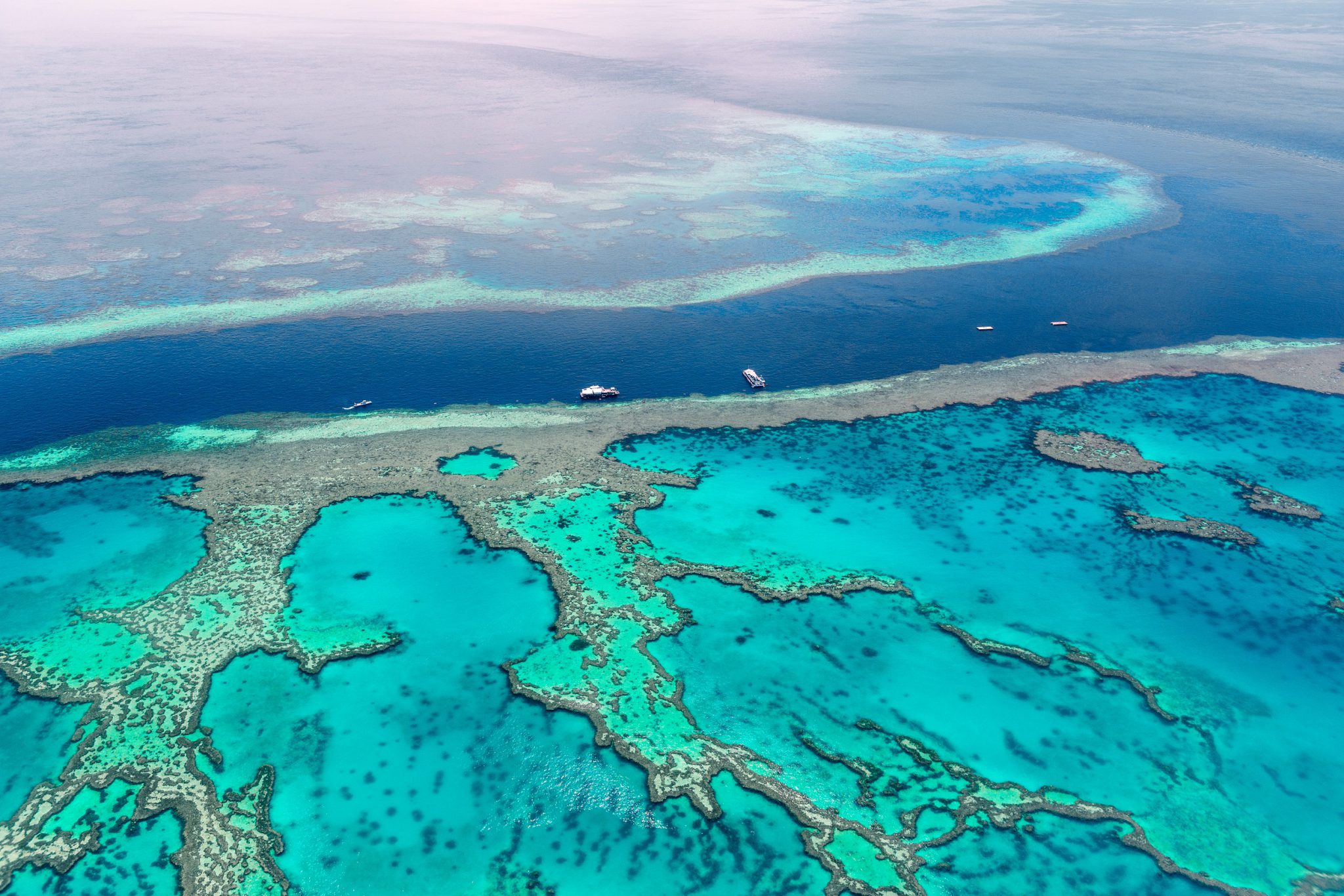
What is coral spawning?
Once a year, corals release their eggs and sperm into the ocean to be fertilized for reproduction. This remarkable reproduction process is known as ‘coral spawning’. For months corals prepare their reproductive elements so that when the time is right, they can release their eggs and sperm in the hope of creating the next generation of corals. In just over 15 minutes the corals finish releasing their eggs and sperm that then rise in clouds to the ocean’s surface where they begin the fertilization process. When egg and sperm do meet, the resulting larvae then drift until they find the perfect spot to settle and develop. Successful coral larvae not only helps restore our reefs but also ensures the future survival of the oceans most important ecosystems.
When does coral spawning happen?
Although there are no guarantees of when this underwater spectacle might occur, scientists can usually predict the spawning a few months in advance. Once a year when the plankton have gone to sleep, the corals will start their underwater reproduction show which usually lasts between a few days to a week. The outer Great Barrier Reef is known to spawn during November or December while the corals on the inshore reefs usually brood after the first full moon in October. Scientists have discovered that the timing of the mass coral spawning is linked to water temperatures above 26ºC and the full moon lunar cycle. However, there is still a lot to be learned about why coral spawning occurs and when it will actually take place.
Why is coral spawning important?
Coral spawning is imperative for the survival and restoration of our coral reefs. This process is the dominant reproductive mode for corals around the world and without it, corals would cease to exist. Since corals are immobile, spawning allows new individual corals to spread into uninhabited areas of the ocean, which in time will help grow our reefs. Furthermore, mass spawning provides scientists with the opportunity to test the genetics of surviving coral larvae to see if they have adapted to warmer reef temperatures.
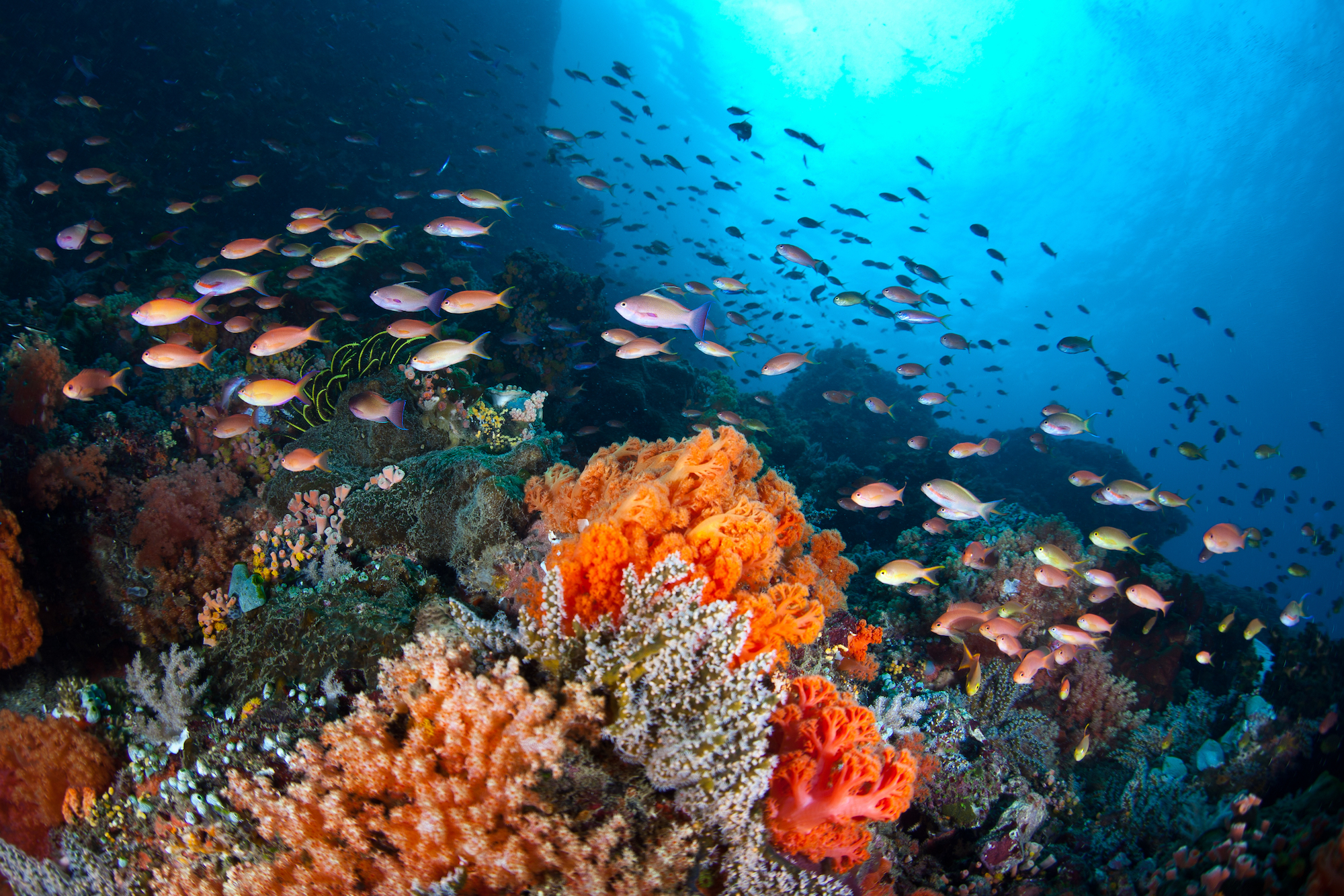
What happened during this year’s Great Barrier Reef coral spawning?
Last month in early November, the Great Barrier Reef came to life as billions of coral eggs and sperm exploded into the ocean. Scientists have described this year’s spawn as the biggest in over five years with more than three times the amount of eggs and sperm produced compared to last year.
Not only did this year’s event prove to be more successful than previous years, but the remarkable conditions also allowed for day-time spawning which is unusual on the reef. Tobi Schnell, Diving Operations Manager from PADI Five Star Instructor Development Centre Divers Den, reported that a good deal of spawning was seen across the three nights. Those experiencing the incredible show on the reef could see smoking boulder corals kicking off procedure and other corals species following suit to produce. The successful results from this year’s spawning proved extremely encouraging for the growth and future of the Great Barrier Reef.
View this post on Instagram
How can you see the coral spawning?
Many PADI Dive Shops in the area offer regular night dives out to the Great Barrier Reef. There are also many liveaboards available if you’re interested in diving the reef over a few days. However, while these trips are available during the predicted coral spawning period, PADI Dive Shops cannot guarantee that you will see the underwater phenomenon.
So what are you waiting for? Grab your scuba gear and contact a PADI Dive Shop to experience one of nature’s most spectacular events in Australia’s Great Barrier Reef.

